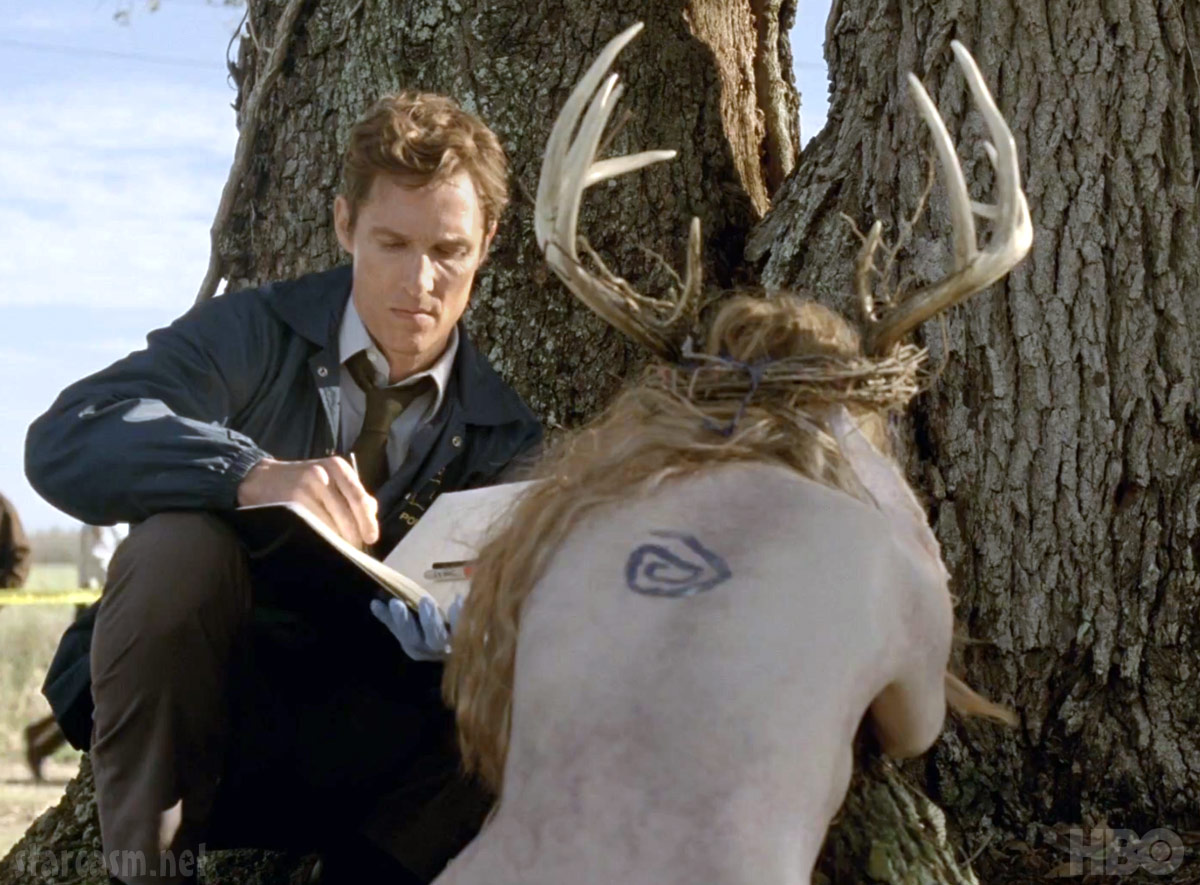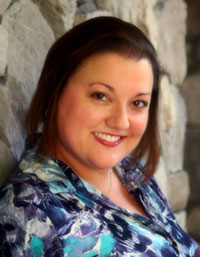I began reading Gae-Lynn Woods’ The Devil
of Light in January, at about the same time I started watching
True Detective on HBO, the gritty series starring Woodie
Harrelson and Matthew MacConaughey, and was immediately struck by the
similarities between the two stories.
Both stories feature victims of ritual
murders, corpses found in bizarre poses and clues pointing to occult
behaviours. Both stories also hint at a circle of sexual abusers of
children, men who use their powerful positions in their communities
to cover up their crime and enforce the secrecy of their cults.
And a further connection between the
two: True Detective is set in the Louisiana coastal plain,
just across the state border from east Texas, where you could find
Arcadia, the setting of The Devil of Light.
This novel bears an uncanny resemblance
to Project Truth, a police investigation in Cornwall, Ontario of a
suspected ring of child abusers, men, including priests, who traded
their child victims among themselves.
I was so struck by all the similarities
that I even emailed Gae-Lynn Woods, author of The Devil of Light,
to tell her about it. She responded that she had not watched True
Detective, nor heard of Project
Truth, but she was going to look into both.
But this post is a review of the novel
by the independent author from east Texas, so let’s concentrate on
that.
The story: A complex series of murders
The Devil of Light begins with a drifter,
who adopts only the name Hitch, ritualistically killing an unnamed
victim at the behest of an “old man.” Cassandra “Cass” Elliot
and her partner, Mitch Stone, are assigned the investigation, which
is hampered because the body has no identification. They suspect it’s
a missing migrant worker, but before they can make much progress, a
local businessman and hobby farmer, Lenny Scarborough, is murdered by
his long-abused wife in a spectacular, if very rural way — she drives
the spikes of a hay loader through his chest.
In Scarborough’s house, the
detectives discover the motive of the murder: photographs of men
having sex with young girls and with other men. All the shots are
very close-up and show no faces; scars in one picture, though, match
the murder victim’s body. It seems Angie, Lenny’s long-abused
wife, had discovered the photos while Lenny was working in the cow
barn, and that was enough to channel the anger from years of physical
abuse into driving the specialized fork-lift truck through her
husband.
The photographs lead the police to
suspect their idyllic town harbours a ring of pedophiles, and the
investigation indeed uncovers it — a ring comprising some of the
most powerful and respected men in the community.
This being a crime novel, the bodies
begin to pile up, as do layers of secrets and conspiracy.
Where a writer’s skill is critical
Woods is a skilled and talented author.
She creates detailed and believable characters, people readers can
picture and hear. The main character, Cass Elliot — who insists
that the coincidence of her name with that of the late singer from
the Mamas and the Papas is really nothing more than a coincidence —
has an interesting back-story including rape and a scar around her
breast, as well as an older brother serving a long jail sentence for
something he may not have done. But Woods knows how to keep the
back-story from bogging down her plot, and brings out details when
they’re needed, just enough to keep us turning pages (or swiping
the e-reader screen) to find out more.
Very few weaknesses
There are a lot of characters in this
book, and sometimes it’s hard to keep them all straight —
especially the younger minor policemen, most of whom seem to be blond
and athletic. This is in opposition to most of the baddies, who in
addition to sharing a compulsion to sexually abuse young people,
share a propensity to obesity.
The family and social links among the
police, suspects, victims and those who discover the bodies also get
thicker and more tangled, enriching rather than confusing the story.
The main characters are clearly drawn
and consistently presented — except for the main bad guy. The
author never names him, and provides only enough detail to make us
suspect he could be one of two people in Arcadia.
Overall, an enjoyable and thought-provoking novel
While this novel has an enthralling
climax and satisfying conclusion, it did not solve the mystery or end
the story. Again showing her writing skills, Gae-Lynn Woods leaves us
on the last page of The Devil of Light with a reason — no, a
need — to buy the sequel, Avengers of Blood.
Well done, Ms. Woods!
5*
Visit Gae-Lynn Woods' website
Find The Devil of Light on Amazon
Find The Devil of Light on Smashwords
























